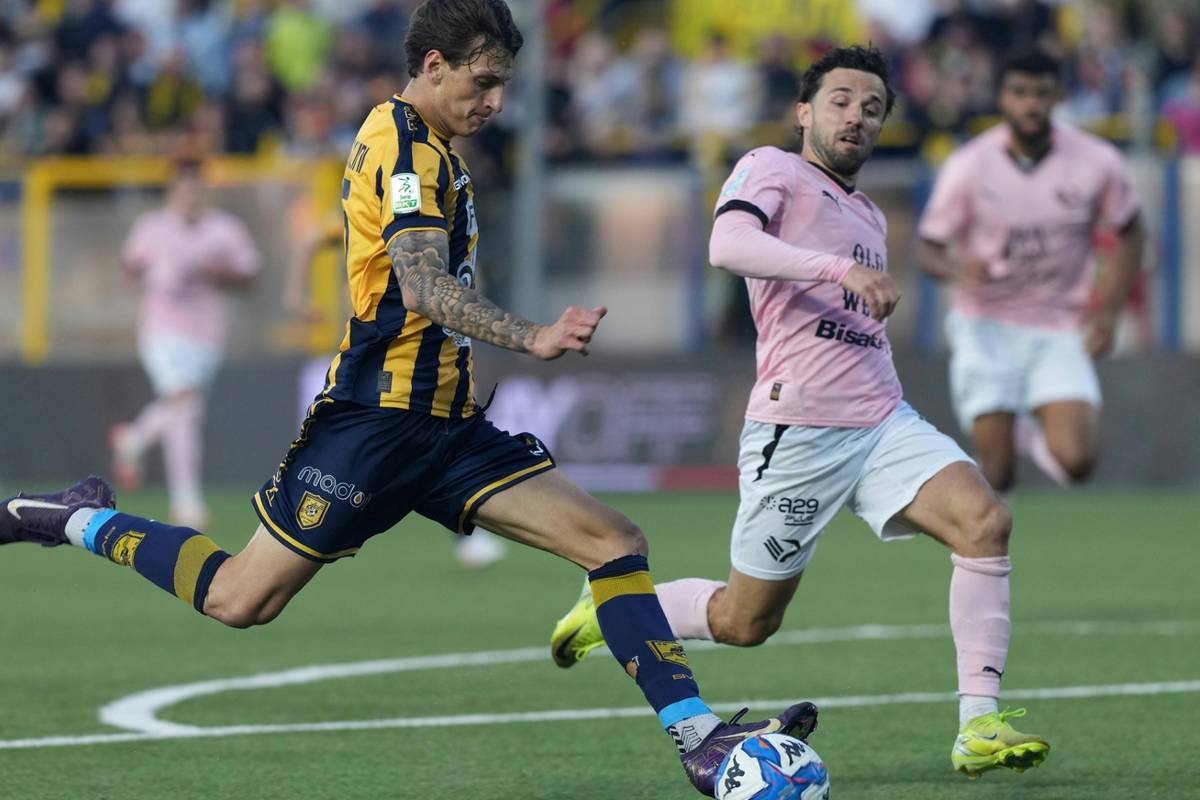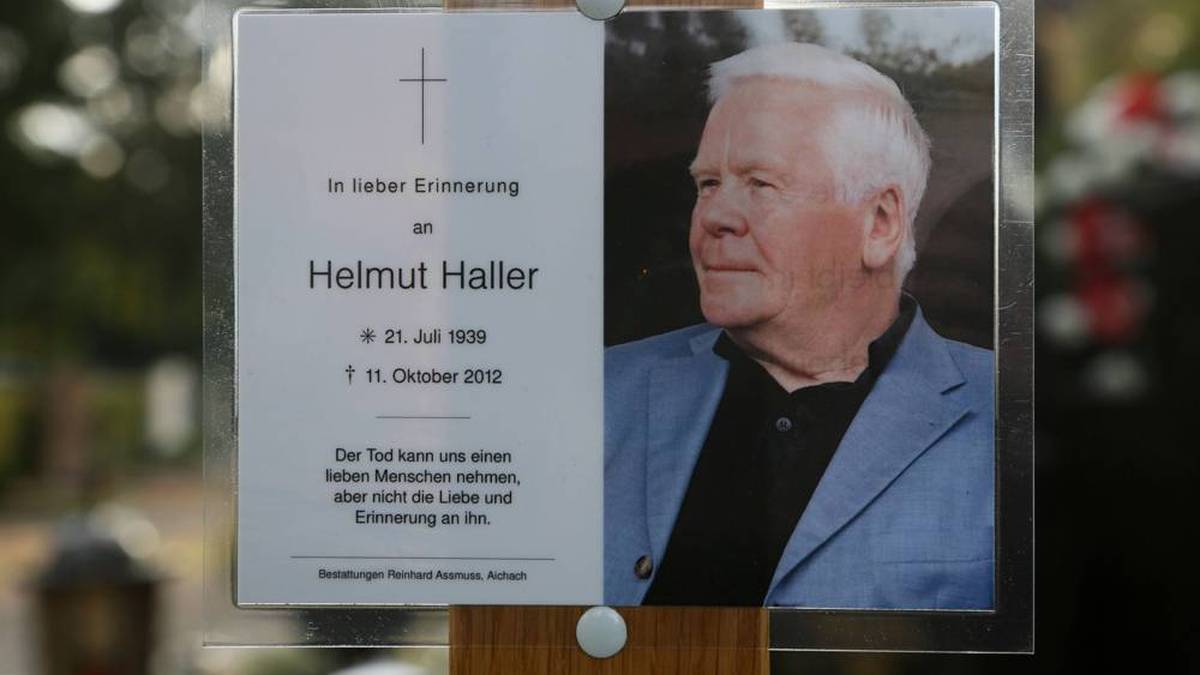 好的,以下是提取后的正文内容并翻译成英语的结果:
好的,以下是提取后的正文内容并翻译成英语的结果:
Helmut Haller, who would have turned 86 today, was one of the best German footballers of the post-war period – who became a celebrated legend in Italy.
He was one of the greats of German football. And one of the first to have a great career abroad.
Helmut Haller – who would have turned 86 today – took a step in 1962 that was unusual at the time: the then 23-year-old moved from BC Augsburg to the Italian Serie A. And ultimately became a legend in both countries.
From bombed-out Augsburg to the great football world
Haller, born in Augsburg on July 21, 1939, grew up in modest circumstances: one of seven children of a railway employee, raised in the rubble of his hometown, which was bombed many times in World War II.
To play football, the young Haller initially had to improvise: “We were given a baseball by the Americans, this hard thing. My mother wrapped it with scraps of fabric,” he once said.
The “Hemad” (shirt), as the 1.77-meter man was initially called because of his slightness, learned to handle the ball despite or because of the difficult conditions. The trained precision mechanic also developed into a fine technician in sports. And attracted international attention.
Three championship titles in Italy
For a signing fee of 300,000 D-Marks, FC Bologna secured the services of the midfield director in 1962: A year before the Bundesliga started its operations, more established structures and better money awaited the young shooting star beyond the Brenner Pass – even if he was initially reliant on his talent for improvisation away from home.
Bologna didn’t have an interpreter for foreign footballers at the time, but Haller knew how to help himself: “I learned everything through daily practice. And from Italian Mickey Mouse comics. They were lying around and I figured it out like this: Aha, that word could mean that and this word could mean this. And after half a year I was able to give my first interviews in Italian. That impressed the Italians, of course.”
Helmut Haller became an international star at FC Bologna
They were even more impressed by what Haller accomplished on the field: In the 1963/64 season, Haller led Bologna to their last championship title to date. Four years later, the fame of the “Blonde” (“Il Biondo”) had grown so great that Fiat boss Giovanni Agnelli lured Haller to Juventus Turin. With Juve, Haller won two more championships and finally became a German-Italian football myth.
Six goals at the 1966 World Cup in England
Haller experienced his career highlight with the national team in 1966: At the World Cup in England, he was the second-best scorer of the tournament with six goals behind icon Eusebio.
Even more than his teammates Franz Beckenbauer and Uwe Seeler, Haller was a guarantee that coach Helmut Schön’s team would reach the final. In Wembley, Haller shot the DFB team into the lead against hosts England in the 12th minute – the rest is football history.
Haller was denied the great international title, and Haller also narrowly missed out on winning the European Cup with Juve in 1973: In the final in Belgrade, Ajax Amsterdam around Johan Cruyff won 1-0.
Haller had nevertheless reached the rank of football idol: When he returned home after the lost final and joined the newly founded FC Augsburg, he was received like the human-becoming (football) god. Haller played in Augsburg until 1979, shortly before his 40th birthday – interrupted by a year at BSV Schwenningen – but always missed the goal of leading FCA into the Bundesliga.

Helmut Haller died on October 11, 2012
“Helmut Haller was one of the greatest football heroes of the post-war period and shaped Augsburg football and generations of footballers,” FCA supervisory board member Peter Bircks summed up Haller’s importance. “He was the greatest player we’ve ever had,” said a spokesman for Bologna.
Helmut Haller rests in the Augsburg North Cemetery.